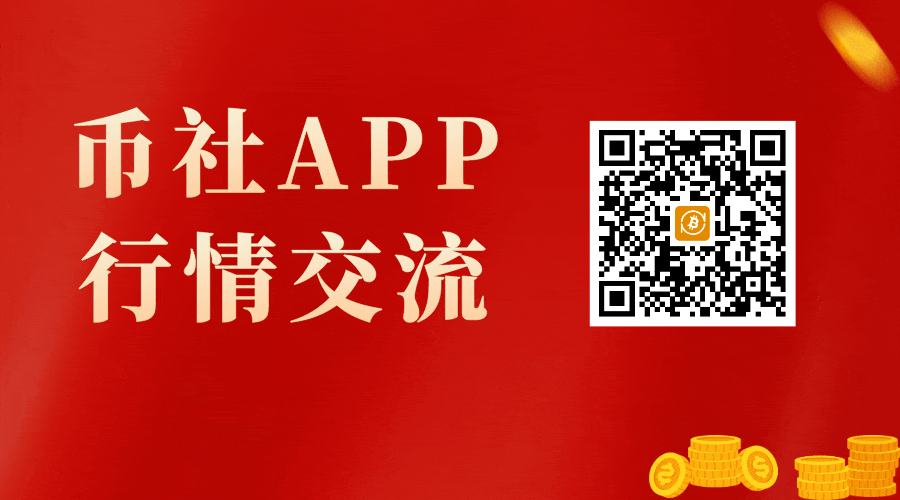炒股票中有一个名词叫”个股”什么意思??希...?

The divergence measurement principle is based on the following: If the stock price deviates too far from the moving average line, regardless of whether the stock is above or below the moving average line, there is a possibility of it converging towards the average line. Divergence rate indicates the percentage value of the price deviation from the trend indicator.
1. Calculation formula: Divergence (Y) = (Closing price of the day - Moving average closing price in N days) / Moving average closing price in N days * 100%
N days are parameters that can be set according to the user's choice of moving average days. Generally, it is set to 6 days, 12 days, 24 days, and 72 days, but it can also be set to 10 days, 30 days, 75 days.
2. Principles of application: Divergence can be positive or negative. When the stock price is above the moving average line, the divergence is positive, and vice versa. When the stock price is in line with the moving average line, the divergence is 0. As the strength and direction of the stock price trend change, the divergence fluctuates above and below 0, and the value of the divergence has some predictive effect on future trends. Generally, when the positive divergence reaches a certain percentage, it indicates a higher possibility of a short-term profit-taking, signaling a sell signal. When the negative divergence reaches a certain percentage, it indicates a higher possibility of short-covering, signaling a buy signal. There is currently no unified principle for determining the degree of divergence that constitutes a correct buying or selling point. Users can use their own experience and judgment to analyze the strength and weakness of the market and draw comprehensive conclusions. Generally, in a rising market, if there is a negative divergence, it may be a good opportunity to buy at a lower price because the risk is lower. In a declining market trend, if there is a positive divergence, it may be a good opportunity to sell at a higher price.
Different moving average days have different divergence rates relative to the stock price. Except for sudden spikes or drops that can instantly reach high percentages of divergence, short, medium, and long-term divergences generally follow certain patterns. Here are some reference data for different moving average days that can be used to determine buy and sell signals:
- For a 6-day moving average divergence: -3% is a buying signal, and +3.5% is a selling signal. - For a 12-day moving average divergence: -4.5% is a buying signal, and +5% is a selling signal. - For a 24-day moving average divergence: -7% is a buying signal, and +8% is a selling signal. - For a 72-day moving average divergence: -11% is a buying signal, and +11% is a selling signal.
==========================================
CCI: (Commodity Channel Index) is a technical indicator for measuring whether stock prices have exceeded the normal range. It is one of the more unique indicators among the overbought and oversold indicators, fluctuating between positive infinity and negative infinity. However, it does not need to have 0 as the central axis, which differentiates it from other indicators that fluctuate between positive infinity and negative infinity. However, each overbought and oversold indicator has its own "antenna" and "ground level". Apart from the indicator that has 50 as the central axis, the antenna and ground levels of other overbought and oversold indicators must vary depending on different markets and individual stock characteristics. The antenna and ground levels of the CCI indicator are +100 and -100, respectively. This is not only a unique insight from the original author but also has a significant difference in meaning compared to the antenna and ground levels of other overbought and oversold indicators. Readers must have a good understanding of its principles in order to comprehensively apply CCI along with the BOLLINGER BANDS and ROC indicators which will be introduced later in the chapters.
What are overbought and oversold indicators? As the name suggests, "overbought" means that buying power has exceeded the capacity of buyers, and the number of people buying stocks has surpassed a certain percentage. According to the "contrarian psychology," this is the time to sell stocks in the opposite direction. "Oversold" represents an excessive selling, where the number of people selling stocks exceeds a certain percentage, and it is time to buy stocks in the opposite direction. This is often the most crucial theory for contrarianism in normal market conditions. However, if the market is exceptionally strong, the overbought and oversold indicators can suddenly lose their direction, and the market continues to move forward without stopping. It seems that the masses have lost control, and CCI provides a different perspective on this kind of abnormal price behavior.
According to the principles of wave theory
